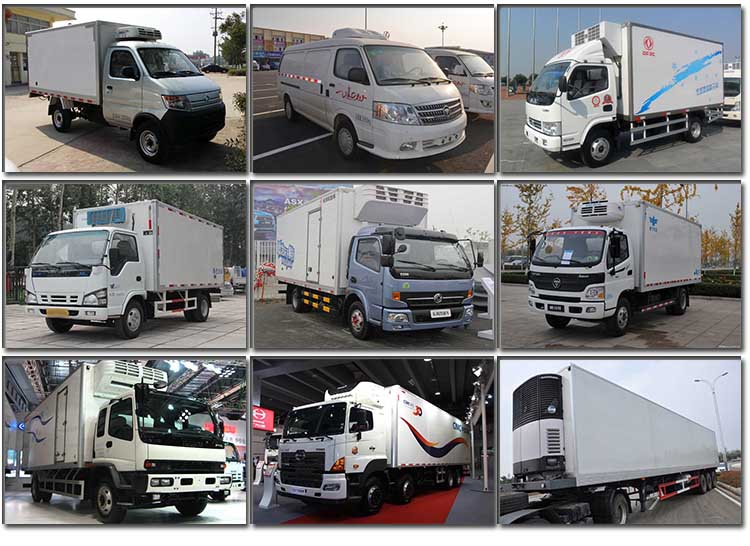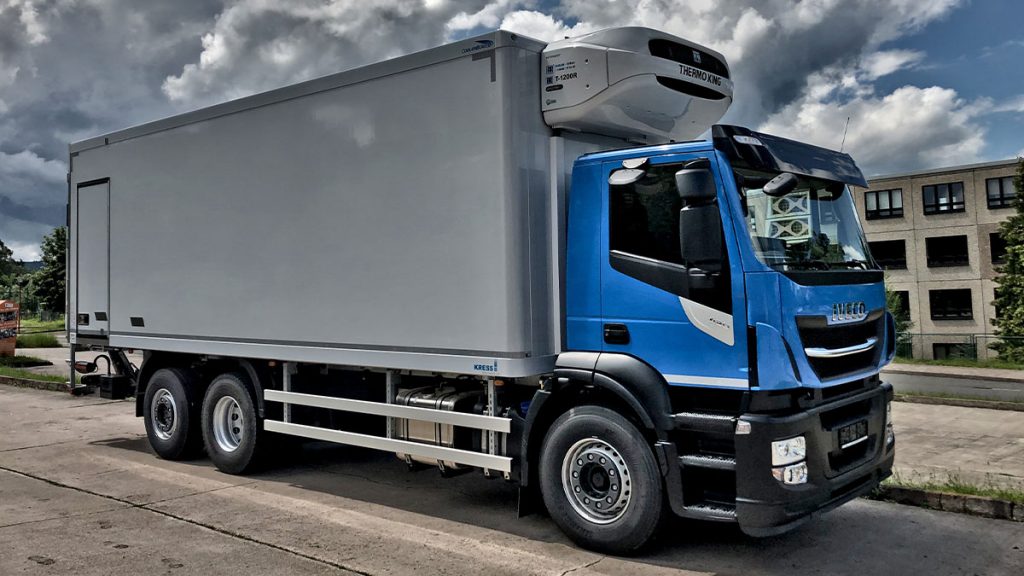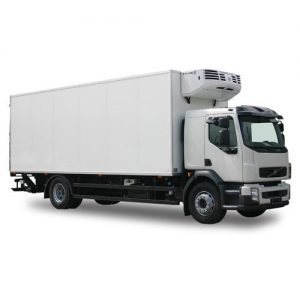Talking about the different types of trucks is a vast topic, and there are characteristics of various kinds. Although we can also see that they can be very similar in terms of capacity, weight, measurements or any other requirement, the utility can be completely different. This is what happens when we talk about a refrigerated truck or temperature-controlled transport. This class of vehicles is used to transport perishable goods or need an exact temperature for their maintenance. These trucks’ objective is to maintain that fixed temperature from the moment the load is collected until the time the merchandise is delivered.
What Must Be Considered?

For this type of transport with a refrigerated truck, it is crucial to have a vehicle of the ATP type (International Agreement for the Transport of Perishable Goods); these consist of controlling the cargo space and the temperature at which the goods are carried. It is necessary to pre-cool the vehicle before transferring the load to achieve the objective. The temperature-controlled transport should be the exact temperature or perhaps a little higher, depending on the load to be carried in the rear. It’s necessary to have a device or a temperature recorder to know if it is ideal. Also, never open the doors of the vehicle until the moment you reach your destination. If the products arrive in poor condition, the responsibility lies with the transport company.
Are All Refrigerated Vehicles the Same?

There are two types of vehicles; they can be refrigerators and refrigerants. The refrigerators have a cold generating unit. In the opposite case, the refrigerants are called for this. They make use of ice, liquefied gases or eutectic plates. In refrigerators, their temperature can be kept low and constant, while the refrigerants can lose their cold as time goes by. There is also the possibility of using isothermal vehicles; they do not have any continuous or limited cold source. Specific requirements must be followed to carry these vehicles: short-haul, the temperature supplied is approximate to that required for the products carried. Refrigerated vehicles are not exempt from any condition as they must meet specific needs. They must be turned on at least half an hour before cooling down the refrigeration compartment. For this, the motor must be on until the last food discharge is made. The temperature must be set below 0ºC so as not to create an anomaly when opening the compartment.
Types of Controlled Temperature Transports
Although we know this type of vehicle under the name of a refrigerated truck, the truth is that there is a great variety depending on the characteristics they offer. Not all trucks serve the same functions. Depending on the merchandise and the temperatures, the vehicles can be defined in the following ways:
#1. Isothermal Truck
This vehicle does not have an engine that lowers the temperature inside the truck. It simply has the insulating walls, as well as the floor and ceiling inside the merchandise section. Because of this, the temperature is noticeable between the exterior and the interior.
#2. Refrigerated Truck
This isothermal vehicle manages to reduce the temperature inside the cargo area and preserve it if the average temperature outside is between 30 degrees or -20 degrees. Everything will depend on the vehicle.
#3. Fully Integrated Refrigerated Truck
This time the truck has a device that provides cold to the inside of the cargo box. This way, it reduces the temperature inside the merchandise and keeps it stable between 12 degrees and -20 degrees, depending on the vehicle being used.
#4. Calorific Truck
Unlike the rest, this time, this isothermal vehicle generates heat and manages to increase the interior temperature and keep it stable for around 12 hours. The temperature is consistently above 12 degrees.
These are the different types of refrigerated trucks that exist depending on the type of cargo carried. So, do you need a refrigerated truck in Dandenong South, VIC, to transport your perishable goods? Get in touch with the professionals at PK Logistics! They provide temperature-controlled delivery services to businesses and individual clients.





Thanking you for writing this content. This was very useful to me as I was looking forward to a digital marketing course. refrigerated transport services